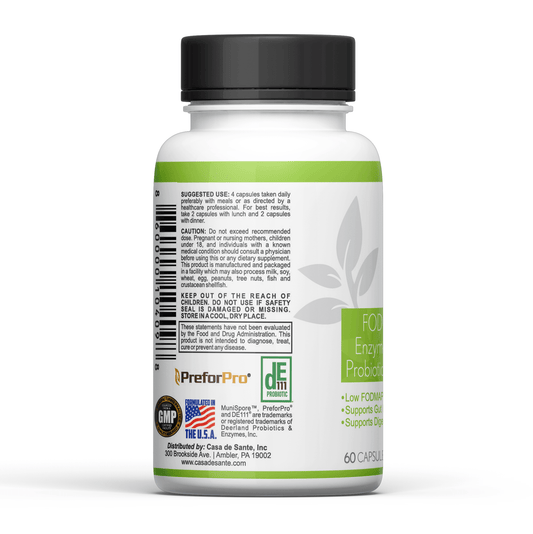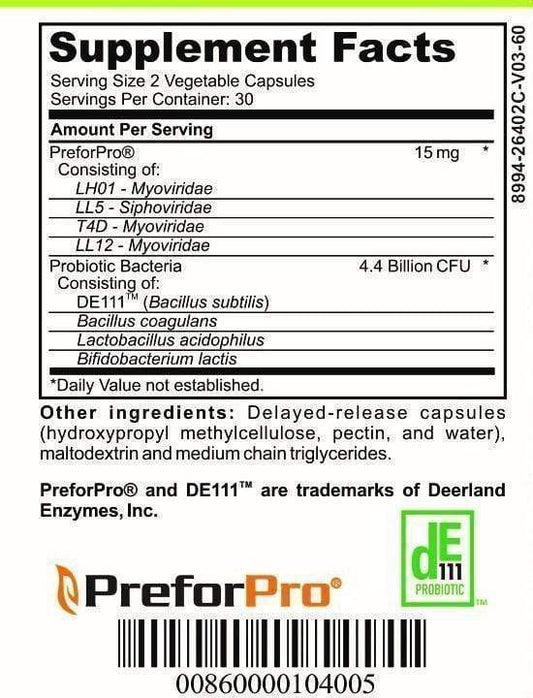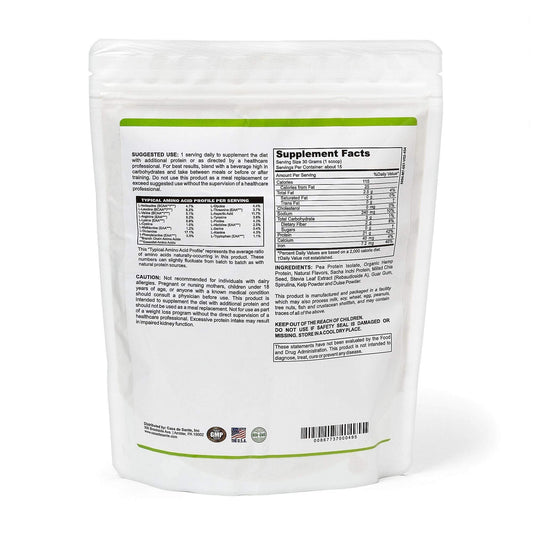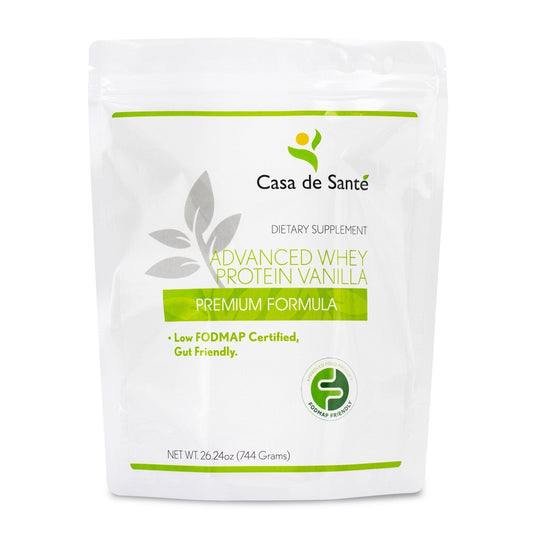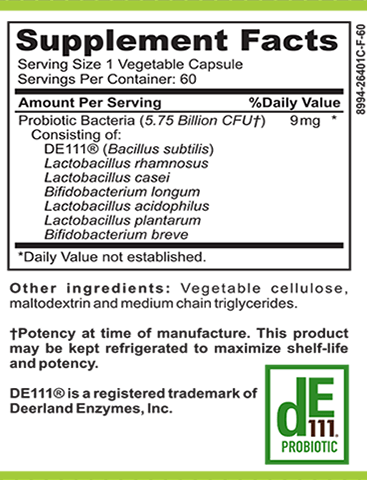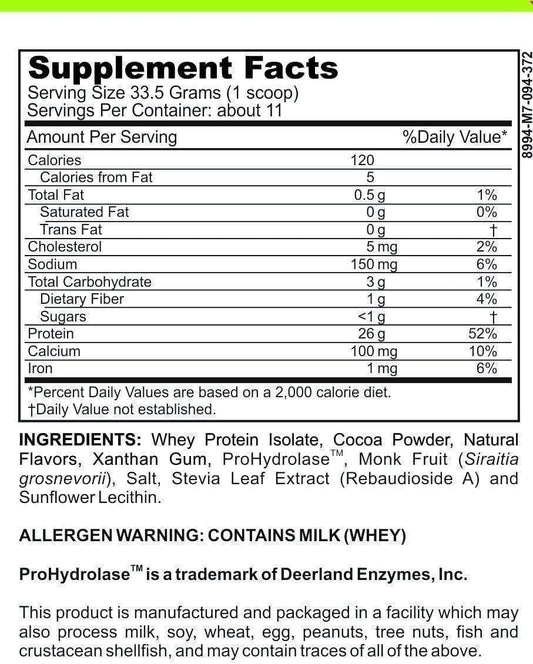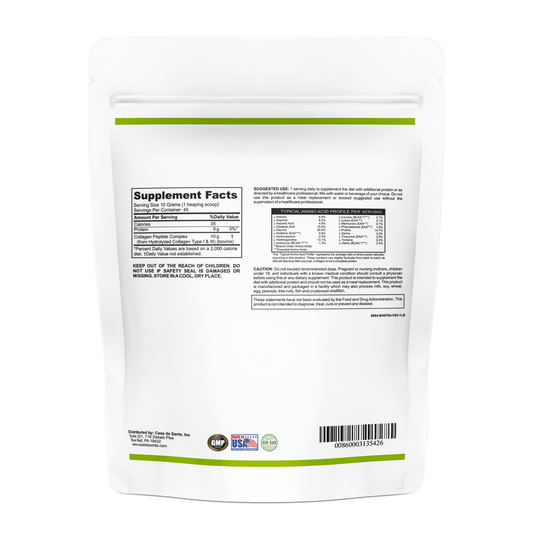Pasta with Zucchini and Salmon Recipe
Pasta with zucchini and salmon is a delicious and nutritious dish that combines the flavors of fresh vegetables and succulent fish. This recipe is perfect for those looking to enjoy a wholesome, homemade meal that is both satisfying and easy to prepare. In this article, we will explore the steps to creating this flavorful pasta dish.
Introduction to Pasta with Zucchini and Salmon
When it comes to creating a delicious pasta dish, the combination of zucchini and salmon provides a unique and delightful flavor profile. The zucchini adds a fresh and slightly crisp texture, while the salmon brings a buttery and rich taste. Together, these ingredients create a harmonious blend that is truly mouthwatering.
But what makes this recipe truly special? Let's dive deeper into the reasons why this combination works so well.
Why This Recipe Works
One of the reasons this recipe works so well is the balance of flavors and textures it offers. The zucchini brings a delicate crunch, while the salmon adds a tender and melt-in-your-mouth element. The combination of these ingredients creates a dish that is both satisfying and full of depth.
But it's not just about the taste. This recipe also offers a plethora of health benefits.
Besides the delicious flavor profile, this recipe is also packed with nutrients. Salmon is an excellent source of omega-3 fatty acids, which are known for their numerous health benefits. These fatty acids are essential for brain health, heart health, and reducing inflammation in the body. Zucchini, on the other hand, is low in calories but high in vitamins and minerals, making it a great addition to any meal. It is a good source of vitamin C, vitamin A, potassium, and folate.
Now that we understand why this recipe is a winner in terms of taste and nutrition, let's take a closer look at the key ingredients you'll need to create this culinary masterpiece.
Key Ingredients
Before diving into the cooking process, it's important to gather all the necessary ingredients for this recipe. Here are the key components:
- Salmon fillets - fresh and boneless: Look for salmon fillets that are firm and have a vibrant pink color. Freshness is key to ensure the best flavor.
- Zucchini - firm and medium-sized: Opt for zucchini that is firm to the touch and has a bright green color. Avoid zucchini that is soft or has blemishes.
- Pasta - your preferred type (e.g., spaghetti, fettuccine): Choose your favorite type of pasta to pair with the zucchini and salmon. Spaghetti and fettuccine work particularly well, but feel free to experiment with different shapes and sizes.
- Garlic cloves - minced: Garlic adds a wonderful aromatic flavor to the dish. Make sure to mince the cloves finely to distribute the flavor evenly.
- Extra virgin olive oil - for sautéing: Use a good quality extra virgin olive oil to sauté the ingredients. Its fruity and robust flavor will enhance the overall taste of the dish.
- Fresh lemon juice - to add a tangy twist: The acidity of fresh lemon juice brightens up the flavors of the dish and complements the salmon and zucchini perfectly.
- Red pepper flakes - for a hint of heat: If you enjoy a bit of spiciness, add red pepper flakes to give the dish a subtle kick. Adjust the amount according to your preference.
- Salt and black pepper - to taste: Season the dish with salt and black pepper to enhance the flavors of all the ingredients. Taste as you go and adjust accordingly.
Now that we have covered the reasons why this recipe is a winner and the key ingredients you'll need, it's time to roll up your sleeves and get cooking!
Preparing Your Ingredients
Choosing the Right Salmon
To ensure the best flavor and texture, select fresh salmon fillets for this recipe. Look for fillets that are firm, moist, and have a vibrant color. Opt for boneless fillets to save time during preparation.
When choosing salmon, it's important to consider the source. Wild-caught salmon is known for its rich flavor and higher omega-3 fatty acid content. If you prefer a milder taste, you can opt for farm-raised salmon, which tends to have a more delicate flavor.
When purchasing salmon, check for any signs of discoloration or a strong fishy odor, as these can indicate that the fish is not fresh. Additionally, make sure the fillets are free from any bruising or browning, as this can affect the texture of the cooked fish.
Prepping the Zucchini
Before adding the zucchini to the dish, it's important to prepare it properly. Start by washing the zucchini and trimming off the ends. If the skin is tough, you can peel it off using a vegetable peeler. Then, cut the zucchini into thin slices or small cubes, depending on your personal preference.
Zucchini is a versatile vegetable that adds a refreshing and slightly sweet flavor to dishes. It is also packed with nutrients, including vitamins A and C, potassium, and fiber. By including zucchini in your recipe, you not only enhance the taste but also boost the nutritional value of your meal.
When selecting zucchini, look for ones that are firm and free from blemishes or soft spots. Smaller zucchini tend to be more tender and have a milder flavor, while larger ones can be slightly more fibrous. Regardless of size, make sure to thoroughly wash the zucchini before using it in your recipe to remove any dirt or residue.
Cooking the Pasta
When it comes to cooking pasta, there are a few key steps to ensure that it turns out perfectly al dente and full of flavor. In this section, we will explore the process of selecting the pasta type and achieving the ideal texture.
Selecting the Pasta Type
Choosing the right type of pasta for your dish can make a significant difference in its overall taste and texture. For this particular recipe, spaghetti and fettuccine are highly recommended. These long, thin noodles provide a hearty base that complements the flavors of the zucchini and salmon sauce. However, feel free to experiment with different pasta shapes to suit your personal preference.
When selecting the pasta, it's important to consider the cooking time and texture. Opt for a pasta that can hold its shape and retain a slight firmness even after cooking. This will prevent it from becoming too soft or mushy when combined with the sauce.
Once you have chosen the pasta type, it's time to move on to the next step: cooking it to perfection.
Achieving Perfectly Cooked Pasta
Cooking pasta may seem like a simple task, but achieving the ideal texture requires attention to detail. Follow these tips to ensure your pasta turns out perfectly al dente:
1. Salt the Water: Before adding the pasta to the boiling water, generously salt it. This step is crucial as it enhances the flavor of the pasta itself. The general rule of thumb is to add about one tablespoon of salt for every four cups of water. This will infuse the pasta with a subtle seasoning that elevates its taste.
2. Cooking Time: It's essential to closely monitor the cooking time to prevent overcooking. Most pasta packages provide an estimated cooking time, but it's always best to taste the pasta a minute or two before the suggested time. Al dente pasta should be cooked until it is firm to the bite, with a slight resistance in the center. Remember that the pasta will continue to cook slightly even after you drain it, so it's better to slightly undercook it than to overcook it.
3. Testing for Doneness: To check if the pasta is cooked to perfection, take a small piece and taste it. It should have a slight firmness but not be crunchy. If it feels too hard, continue cooking for another minute and test again. The key is to find that sweet spot where the pasta is cooked but still has a pleasant bite to it.
4. Rinse or Not to Rinse: Contrary to popular belief, rinsing pasta after cooking is not necessary. In fact, it can remove the starches that help the sauce adhere to the noodles. Instead, simply drain the pasta thoroughly and toss it immediately with the sauce to ensure maximum flavor absorption.
By following these steps, you can achieve perfectly cooked pasta that will serve as the ideal base for your zucchini and salmon sauce. Remember, cooking pasta is an art that requires practice, so don't be discouraged if it takes a few tries to get it just right. Enjoy the process and savor the delicious results!
Making the Zucchini and Salmon Sauce
Cooking the Salmon
To start preparing the sauce, begin by cooking the salmon fillets. Heat a drizzle of olive oil in a skillet over medium-high heat. Place the salmon fillets in the pan, skin-side down, and cook for a few minutes until the skin becomes crispy. This step is crucial as it adds a delightful crunch to the dish. As the skin crisps up, it locks in the moisture of the salmon, ensuring a succulent and flavorful result. The sizzling sound of the salmon hitting the hot skillet creates an enticing aroma that will make your mouth water in anticipation.
Flip the fillets and continue cooking until the salmon is cooked through and flakes easily with a fork. The transformation of the salmon from raw to perfectly cooked is a sight to behold. The flesh turns from translucent pink to a beautiful opaque color, indicating that it is ready to be enjoyed. The fork easily glides through the tender flakes, showcasing the quality of the fish and the skill of the cook.
Set the cooked salmon aside. As it rests, the flavors continue to develop, allowing the juices to redistribute throughout the fish. This resting period ensures that every bite is infused with the deliciousness of the salmon.
Sautéing the Zucchini
In the same skillet, add minced garlic and additional olive oil if needed. The aroma of the garlic fills the air, adding a fragrant and savory note to the dish. The garlic infuses its essence into the oil, creating a flavorful base for the zucchini.
Stir in the sliced or cubed zucchini and sauté until it becomes tender and slightly golden. The zucchini undergoes a magical transformation as it cooks. It softens and caramelizes, intensifying its natural sweetness. The golden color that develops adds visual appeal to the dish, making it even more enticing.
This process allows the flavors of the zucchini to develop, adding depth to the dish. The combination of the sautéed zucchini and the cooked salmon creates a symphony of flavors. The earthiness of the zucchini complements the richness of the salmon, resulting in a harmonious and satisfying sauce.
Combining the Ingredients
Mixing Pasta and Sauce
Once the pasta is cooked and drained, add it to the skillet with the sautéed zucchini. Gently toss the pasta and zucchini to combine, ensuring each strand is coated with the flavorful sauce. Break the cooked salmon into small pieces and add it to the mixture. Season with additional salt, black pepper, and red pepper flakes to taste.
Adding Final Touches
To add a final touch to this mouthwatering dish, squeeze fresh lemon juice over the pasta and sauce. The acidity of the lemon juice perfectly complements the richness of the salmon and adds a refreshing tang.
Serve the pasta with zucchini and salmon recipe hot and garnish with a sprinkle of fresh herbs, such as parsley or basil, for an extra burst of flavor.
With its delightful combination of zucchini, salmon, and perfectly cooked pasta, this recipe is sure to impress. Whether you're looking for a quick and satisfying weeknight dinner or a dish to impress guests, pasta with zucchini and salmon is a delicious and nutritious option.


